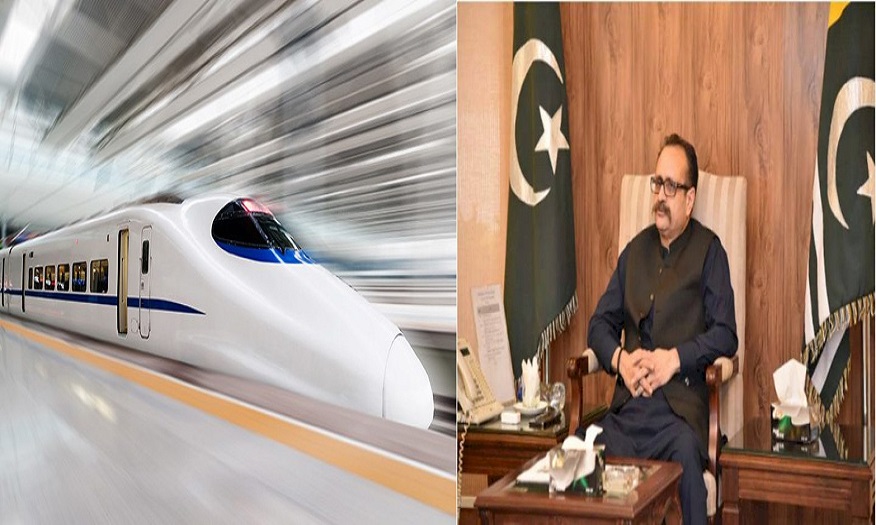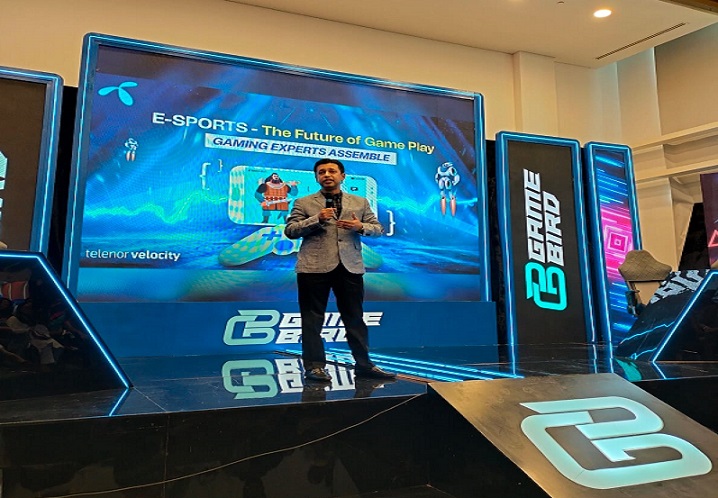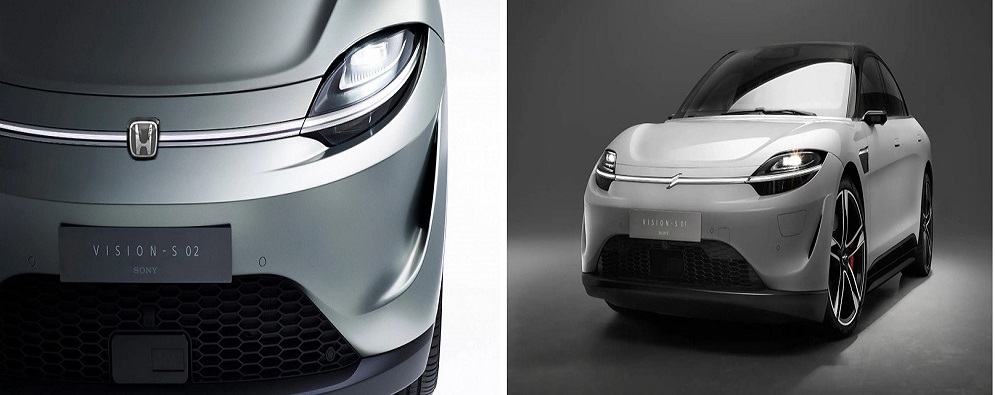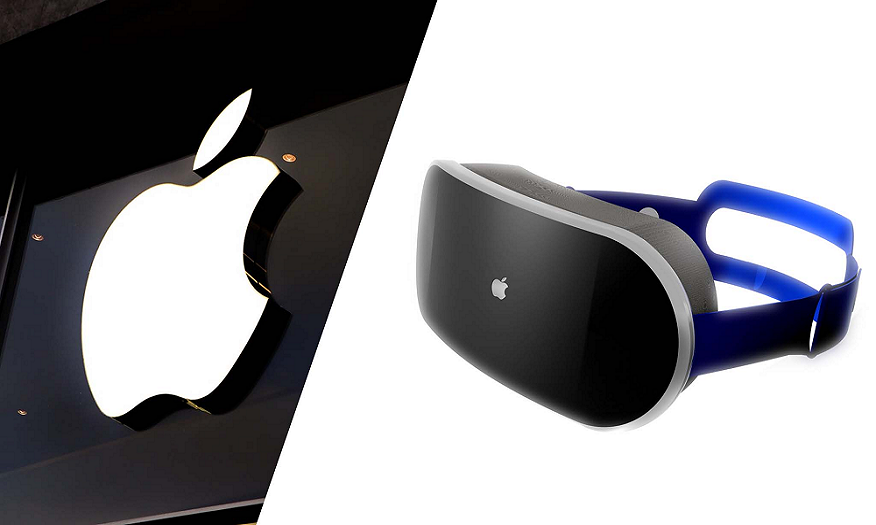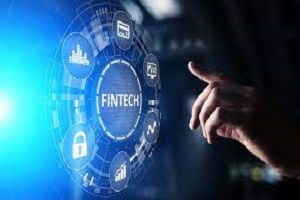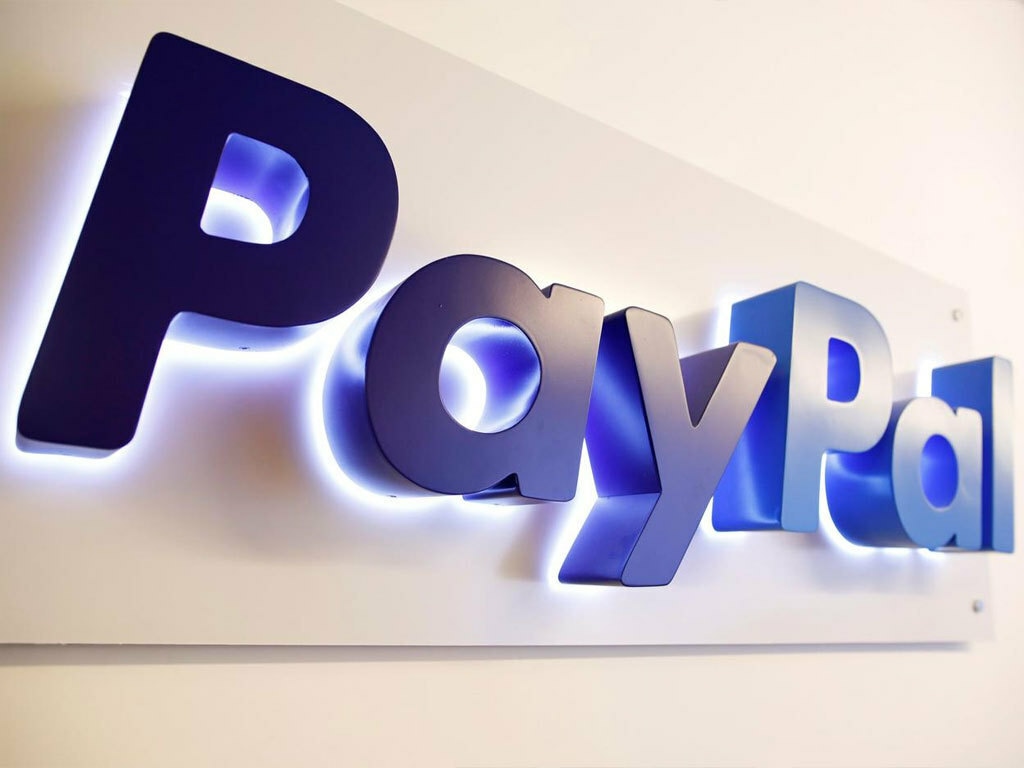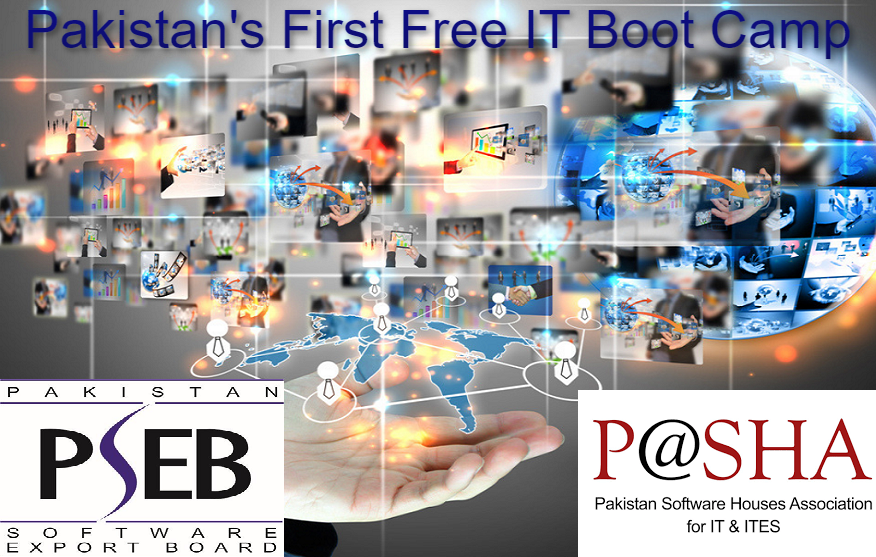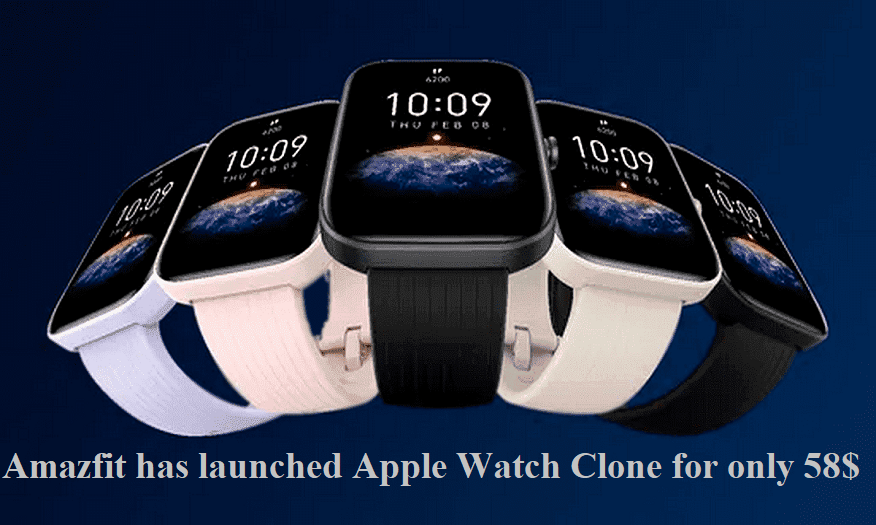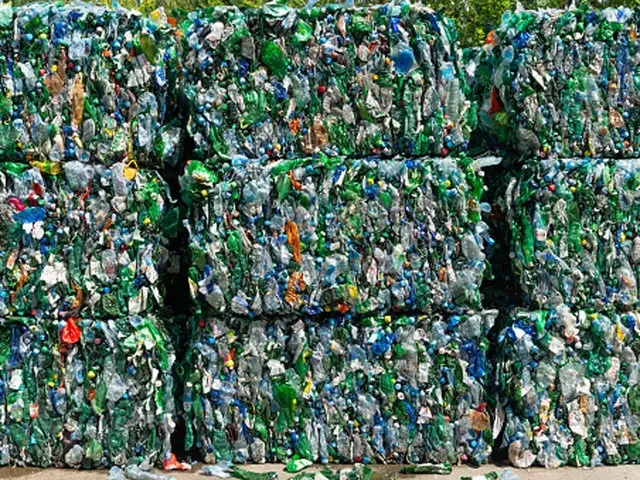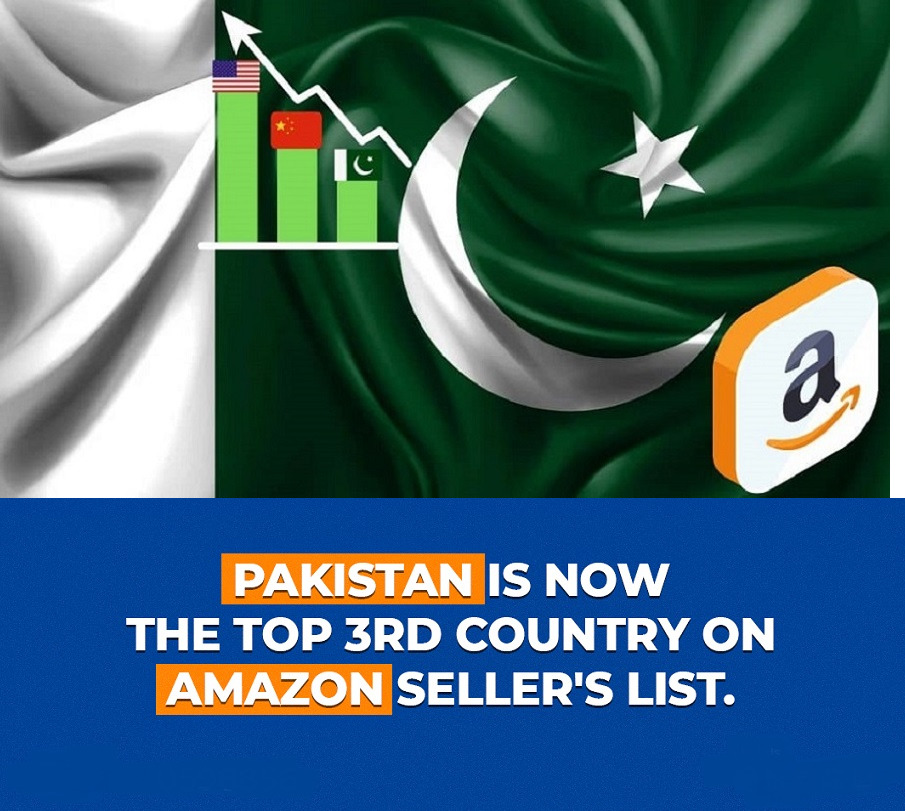The metaverse is the idea of a world where you don’t have to be on a computer, but instead use a headset to enter a virtual world connecting all sorts of digital environments. Unlike current VR, which is mostly used for gaming, this virtual world could be used for practically anything – work, play, concerts, cinema trips – or just hanging out.
Metaverse is not all about games. Facebook has been experimenting with a VR meetings app called Workplace, and a social space called Horizons, both of which use their virtual avatar systems. Other visions for what the metaverse could look like include a car manufacturer dropping their car into the world in real time and you’ll be able to drive it around.
The rise of NFTs, which may provide a way to reliably track ownership of digital goods, could point to how a virtual economy would work. More advanced digital worlds will need better, more consistent, and more mobile connectivity – something that might be solved with the rollout of 5G.
Metaverse And International Brands
Some international brands also explored metaverse and a lot of revenue.
-Gucci and Roblox staged a two-week artwork installation on the Gucci Backyard the place attendees may attempt to acquire digital products to customise their avatars whilst strolling via areas associated using model campaigns.
-Coca Cola and Friendship Field conducted NFTs that raised hundreds of thousands of dollars.
-Louis Vuitton organised a voyage reenactment in honour of its founder. NFTs
-Balenciaga at Fortnite: Fortnite players may now purchase digital Balenciaga products inspired by real-life objects. The hub allows players to virtually interact with one another.
Pakistan Brands can also have a future in metaverse like NIKE and Dolce & Gabbana who have made their way in the metaverse. Established manufacturers might look at metaverse as an ever-growing alternative to attach with their viewers. Having a digital library of designs would assist reintroduce them for a pattern verify and even earn cash promoting them as iconic designs. Privateness and consumer security will likely be a higher precedence, so manufacturers shouldn’t compromise manufacturing over exclusivity and high quality.
Alternatives for the Brands within Metaverse
Consumer expertise and integration Fluidity is an important aspect of the metaverse, and it corresponds well with the objectives of the upscale business.
Keeping up with developing technology
Many high-end firms are fueling the metaverse storm and figuring out how to stay connected with emerging technologies. With NFT sales expected to reach over $25 billion by 2021, Milan-based luxury fashion house Dolce & Gabbana broke a record by selling a nine-piece NFT collection for $5.7 million, portraying them as “gems that can’t reasonably be unearthed on earth.” Similarly, Nike has built Nikeland on the Roblox platform to allow people to try on digital footwear. Nikeland is “enriched by real-life motion” to inspire people to exercise.
Finding a Sustainable Lens
Given that it was created by some of the world’s top designers, the high price of Dolce & Gabbana’s NFT is hardly surprising. Exclusivity adds a special allure to digital goods, which already have some value in an industry known for its waste technology. DressX, a digital fashion app, released a survey demonstrating that the carbon footprint of one digital item was 97 percent smaller than that of a physical outfit. Meanwhile, according to the analysis, the fashion industry accounts for 10% of global carbon dioxide emissions.
Getting rid of overstock
Overstock might be tough for new producers and prevent them from offering a wide range of styles. Customers may make a confirmed order for the company to delivery it to them using 3-D product representations — and luxury manufacturers are adjusting appropriately. Using augmented reality, Luxottica provides customers with an internet purchasing experience “similar to the real thing.” They also allow clients to snap photos of their new appearance and share them with their network, expanding marketing avenues.
Making use of the 5G wave
The metaverse is the infrastructure of the future. The emergence of 5G may further drive augmented reality (AR) and virtual reality (VR) into digital products, headgear, bots, and other areas. The idea was to have a seamless ecosystem across devices, and the participation of digital behemoths like Google, Microsoft, and Apple, as well as several startups and other larger organizations, would determine how rapidly 5G grows.


